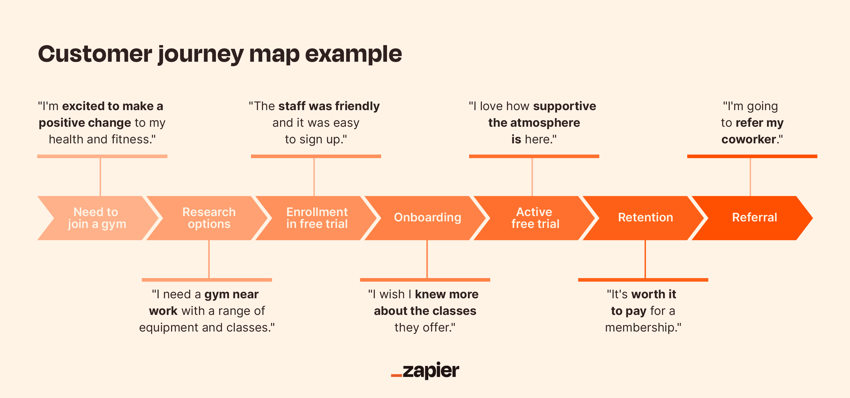Services List
Businesses in today's competitive digital market are continuously looking for new ways to engage customers and boost conversions. Personalisation is one such best-selling tactic. This article discusses the significance of personalisation techniques, conversion rate optimisation (CRO), customer journey mapping, and behavioural analytics in raising conversion rates.

Covered in this article
Understanding Personalisation Techniques
The Role of Conversion Rate Optimisation
Customer Journey Mapping
Behavioural Analytics: The Data-Driven Approach
An Overview of Personalisation Strategies
Understanding Personalisation Techniques
What is Personalisation?
The practice of personalising a user's experience based on their choices, habits, and previous contacts with a company is known as personalisation. This can range from as simple as using the user's first name in an email to more advanced methods such as making product recommendations based on browsing history.
Why is it Important?
Personalisation is critical for improving customer satisfaction. It makes customers feel valued and understood, which boosts their brand engagement. This can result in greater conversion rates, sales, and customer loyalty.
Techniques for Effective Personalisation
-
Data Collection: The first step is gathering data about your customers. This can be done through customer surveys, tracking online behaviour, and analysing purchase histories.
-
Segmentation: Divide your customer base into different segments based on various factors like age, location, and buying behaviour. This allows for more targeted marketing efforts.
-
Dynamic Content: Use algorithms to display content or products that are most relevant to the user. This can be particularly effective for e-commerce sites.
-
Personalised Email Campaigns: Tailor your email marketing to individual user preferences and behaviours.
-
A/B Testing: Continuously test different personalisation techniques to see what is most effective for your audience.

The Role of Conversion Rate Optimisation
What is Conversion Rate Optimisation?
Conversion Rate Optimisation (CRO) is the systematic process of improving the percentage of website visitors who perform a desired activity, such as making a purchase or completing a form.
How Does Personalisation Fit In?
Personalisation tactics are frequently employed in CRO to customise the user experience, increasing the likelihood of conversion. For example, displaying customised content can increase a user's likelihood of making a purchase, hence raising the conversion rate.
Key CRO Strategies
-
Landing Page Optimisation: Make sure your landing pages are as relevant as possible to the user's search query or the ad they clicked on.
-
Call-to-Action (CTA) Testing: Experiment with different CTAs to determine which is most effective in encouraging users to take action.
-
User Experience (UX) Design: A well-designed, easy-to-navigate website can significantly improve conversion rates.
Customer Journey Mapping
What is Customer Journey Mapping?
This is a graphical representation of each interaction your consumers have with you. It enables you to tell the tale of a customer's interaction with your brand, from initial engagement through long-term partnership.
Benefits of Customer Journey Mapping
-
Identifies Pain Points: Helps you understand where your customers get stuck or disengaged.
-
Improves Customer Engagement: By understanding the customer journey, you can create more targeted marketing strategies.
-
Enhances Personalisation: Knowing the touchpoints where customers interact with your brand can help in creating personalised experiences.
An example of customer journey mapping from Zapier:

Behavioural Analytics: The Data-Driven Approach
What is Behavioural Analytics?
Behavioural analytics involves the collection and analysis of data about how users interact with a product or service. This can include anything from what buttons they click on to how much time they spend on a particular page.
How it Aids in Personalisation
Understanding user behaviour allows for more effective personalisation. For example, if you know that a user frequently visits a particular product page but never makes a purchase, you can send them a targeted offer for that specific product.
Tools for Behavioural Analytics
-
Google Analytics: For tracking website interactions.
-
Hotjar: For heatmaps and session replays.
-
Customer Relationship Management (CRM) Software: For tracking customer interactions across various channels.
An Overview of Personalisation Strategies
Understanding customisation tactics, the function of CRO, customer journey mapping, and behavioural analytics can help you boost your marketing strategy dramatically. These methods not only improve the consumer experience but also increase conversions, which ultimately benefits your bottom line.
Do you want to take your personalisation techniques to the next level? Contact Velocity for a thorough consultation targeted to your specific business requirements.





